Data Integration offers a seamless solution for combining data from different sources, enhancing accessibility and consistency. It is essential for companies looking to use data efficiently, ensuring quick and reliable analysis capabilities.
Transforms disparate data systems into unified views, allowing organizations to draw insights and make informed decisions. It supports the demands of modern businesses with technologies that can easily manage and align diverse data formats and structures.
What key features does it offer?In finance, Data Integration optimizes trading and risk analysis by merging data from financial platforms. In healthcare, it helps in centralizing patient records, while in retail, it supports inventory management and customer data analysis.
Essential for organizations aiming to maximize their data investment, ensuring the right data is available to the right people at the right time. Data Integration transforms raw data into strategic assets, driving innovation and operational improvement.












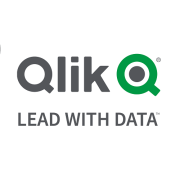







































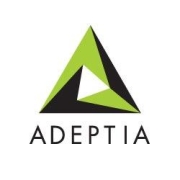

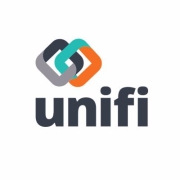


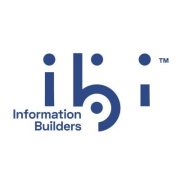



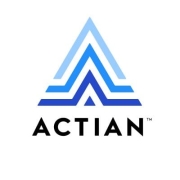


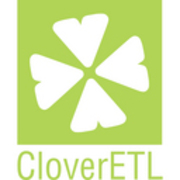
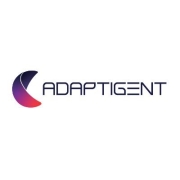



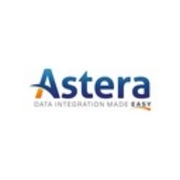






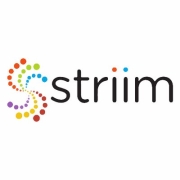


















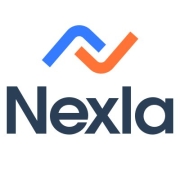
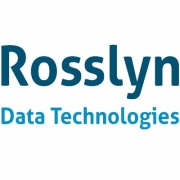
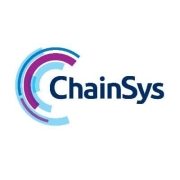







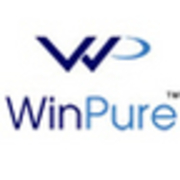












Data integration tools are software solutions that facilitate the process of integrating data for organizations and allow individuals to organize and gather data. If a company employs developers, they can initiate data integration through scripts written in Structured Query Language (SQL), which is the programming language for relational databases. However, not all organizations have such specialists at their disposal. That is why ready-made data integration tools exist, assisting different types of companies and helping them quickly gather data from various sources for easier use.
Data integration tools not only initiate the process and provide the required information, but many come with additional benefits. Vendors offer platforms that also provide data replication, data cataloging, data governance, and data quality improvement. The development of technology has introduced cloud-based integration services through integration platform as a service (iPaaS). The additional features of data integration tools make them more beneficial to organizations for integration processes than relying on hand-coded scripts.
According to PeerSpot users, data integration is all about data and governance quality. Our members want to be able to transform, organize, review, and find all sorts of data (including unstructured data, flat files, etc.) quickly and easily. Data integration tools should be customizable with efficient processing, source agnostics, real-time monitoring and debugging, and provide good documentation. Reusability and connectivity were also ranked as important factors.
The terms data integration and interoperability may be used interchangeably by mistake, however, the two refer to different processes. Data integration uses a hand-coded script or specialized tools to gather information from various sources. In its essence, the process relies on a third party that translates the data and utilizes it for users and applications to use.
Unlike integration, data interoperability is a direct exchange of information. The process does not rely on middleware; rather, it creates a real-time data exchange between systems for data. When systems utilize this process, they not only share information but also interpret incoming data and present it, preserving its original context.
Data Integration consolidates data from different sources to provide a unified view. This comprehensive data access enables informed decision-making as you can analyze patterns and trends across the entire business rather than isolated data silos. By integrating data, you can enhance accuracy, reduce the occurrence of errors, and improve operational efficiency, leading to better strategic decisions.
What are the key challenges in implementing Data Integration solutions?Implementing Data Integration solutions can be complex due to various challenges such as data silos, different data formats, and quality issues. You may face difficulties in harmonizing data sources, ensuring data security, and maintaining real-time accuracy. Scalability is crucial, as the volume of data grows, and handling large datasets efficiently becomes essential while maintaining cost-effectiveness.
Why is real-time Data Integration important for businesses?Real-time Data Integration is critical for businesses as it provides up-to-the-minute data, enabling quick responses to market changes and customer needs. You can leverage real-time analytics for competitive advantage, enhance customer experience through personalized interactions, and improve operational workflows. Real-time integration supports immediate data-driven decision-making, minimizing risks and maximizing opportunities.
What are the best practices for ensuring data quality in Data Integration?Ensuring data quality involves establishing clear data governance policies, defining data standards, and regular validation processes. You should implement robust data cleansing techniques to eliminate duplicates and correct errors. Investing in tools that automate data quality checks and employing skilled personnel for monitoring can help you maintain high data integrity and reliability throughout the integration process.
How do cloud-based Data Integration solutions benefit businesses?Cloud-based Data Integration solutions offer flexibility, scalability, and cost-efficiency. They allow you to integrate data from multiple cloud and on-premise sources seamlessly, facilitating global data access and collaboration. These solutions support faster deployment and require less IT resources, reducing the need for extensive infrastructure investments. Enhanced data security features in the cloud also help protect sensitive business information.